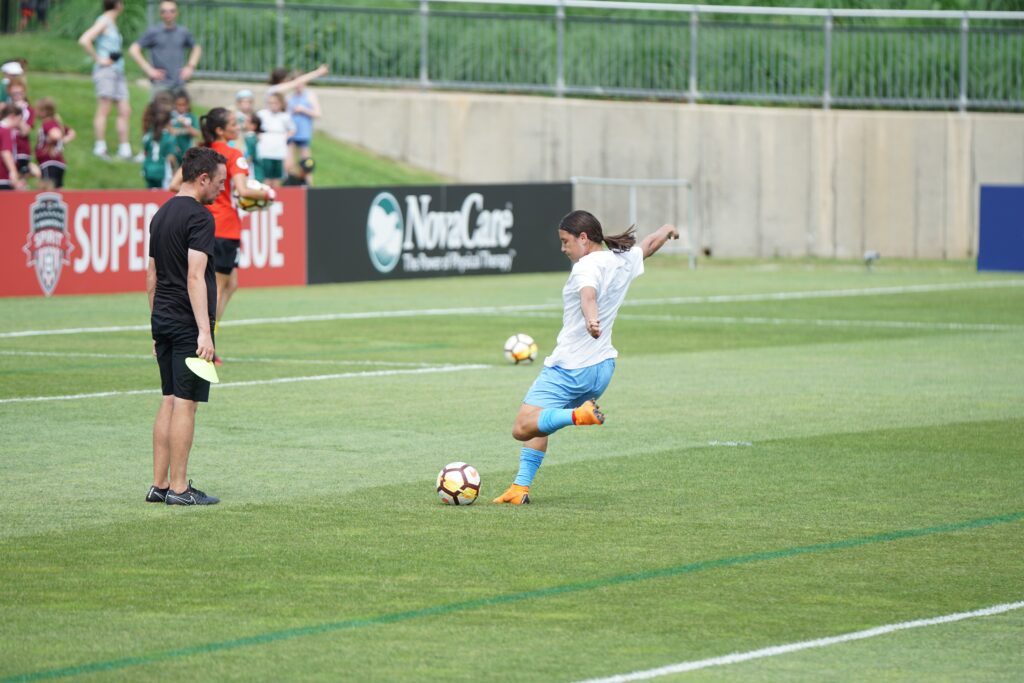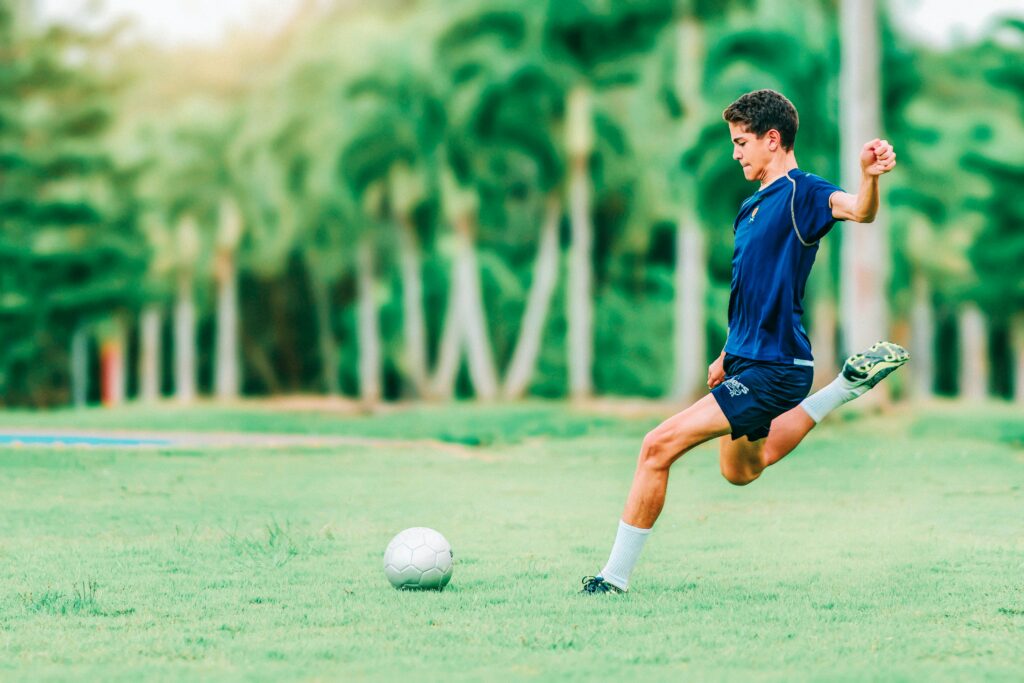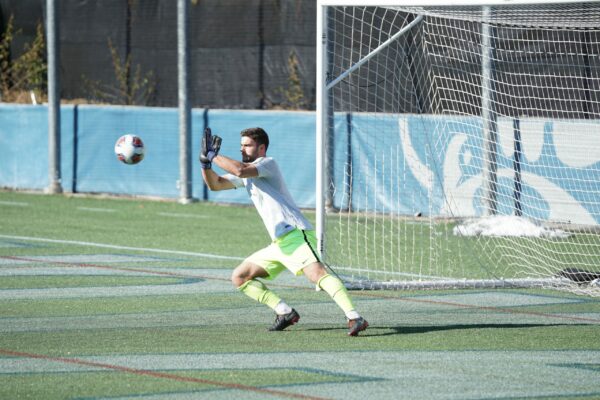Position-specific training was one of the parts of training I enjoyed doing the most when I was playing. It didn’t matter to me if it was at the end of the session or a second session in the afternoon.
This was my time as an individual, where I could practice what I was good at, which was scoring goals. However, it was also where I could develop areas in my game that needed some improvement.
Introduction
As a coach, one of your key responsibilities is to ensure that your team is well-prepared for the game ahead. One of the best ways to do this is through position-specific training.
This involves developing specific skills and strategies for each player’s position on the field.
In this article, we’ll take a closer look at position-specific training, why it’s important, and how you can incorporate it into your coaching routine.
What is position-specific training?

Position-specific training is precisely what it sounds like. It is training that is specific to the position that a player plays on the field.
This type of training takes into account the unique demands of each position and focuses on developing the skills and strategies that are most important for success in that position.
For example, a goalkeeper must work on reflexes, agility, and shot-stopping ability, while a striker must work on finishing, speed, and dribbling.
By tailoring training to each player’s position, you can help them develop the skills and knowledge they need to perform at their best.
Why is position-specific training necessary?
There are several reasons why position-specific training is so necessary. First and foremost, it helps players to develop the specific skills and strategies that they need to excel in their position.
By focusing on the areas that are most important for their position, players can make rapid progress and improve their performance on the field.
Position-specific training can help to build team cohesion and improve communication on the field.
When players understand each other’s roles and responsibilities, they can work together more effectively and make better decisions. This can lead to improved team performance and a greater chance of success on the field.
How can you incorporate position-specific training into your coaching routine?

Incorporating position-specific training into your coaching routine is relatively straightforward. Here are some steps you can take:
- Identify the key skills and strategies for each position. This will involve analysing the demands of each position and determining what skills and strategies are most important for success.
- Develop sessions and exercises that focus on these skills and strategies. There are plenty of resources available online that can help you develop drills and exercises that are specific to each position. You can also come up with your own drills based on your experience and knowledge of the game.
- Integrate position-specific training into your regular training sessions. Rather than setting aside separate training sessions for each position, try incorporating position-specific training into your regular training sessions. This will help players to see the relevance of the training and will help to build team cohesion.
- Give feedback and monitor progress. As with any type of training, it’s important to give players feedback and monitor their progress. This will help them to improve and will also help you to adjust your training program as needed.
Tips for effective position-specific training

Here are some tips to help you make the most of your position-specific training sessions:
Keep it fun:
Position-specific training can be intense and demanding but should also be fun. Try incorporating games and challenges into your training sessions to keep players engaged and motivated.
Focus on fundamentals:
While it’s important to focus on position-specific skills and strategies, don’t forget about the fundamentals of the game. Players still need to be able to pass, dribble, and shoot regardless of their position.
Be flexible:
While it’s important to have a plan for each training session, it’s also important to be flexible. Be willing to adjust your training program based on the needs and abilities of your players.
Communicate effectively:
Make sure that you communicate clearly and effectively with your players. Explain the purpose of each practice or exercise and give feedback on their performance. Click Here to read my article on Effective Communication
Position-specific training can be a game-changer for your team, helping players to develop the skills and strategies they need to perform at their best.
By incorporating this type of training into your coaching routine, you can help your team to achieve greater success on the field.
In addition to the tips outlined above, here are some additional strategies that you can use to make your position-specific training more effective:
- Use video analysis: Video analysis is a powerful tool that can help players to understand their strengths and weaknesses. By analysing game footage, you can help players to identify areas that need improvement and develop strategies for improvement.
- Encourage teamwork: While position-specific training is focused on developing individual skills, it’s important to remember that soccer is a team sport. Encourage players to work together and develop a sense of teamwork during your training sessions.
- Vary the training: To keep players engaged and motivated, it’s important to vary your training sessions. Mix up your sessions and exercises, and consider incorporating different types of training, such as strength and conditioning or mental skills training.
- Seek feedback from players: Finally, don’t forget to seek feedback from your players. Ask them what they find helpful about the training sessions and what they think could be improved. This can help you to make adjustments to your training program and ensure that it is effective and engaging for all players.
Conclusion
Incorporating position-specific training can be a game-changer for your team. So, why not give it a try?
Start by analysing the demands of each position and developing practices and exercises that focus on the key skills and strategies.
Remember to keep it fun, flexible, and varied, and don’t forget to seek feedback from your players.
By implementing position-specific training, you can help your players to develop the skills they need to perform at their best and improve team cohesion and communication on the field.
So, what are you waiting for? Give it a go and see the difference it can make for your team. Good luck!


